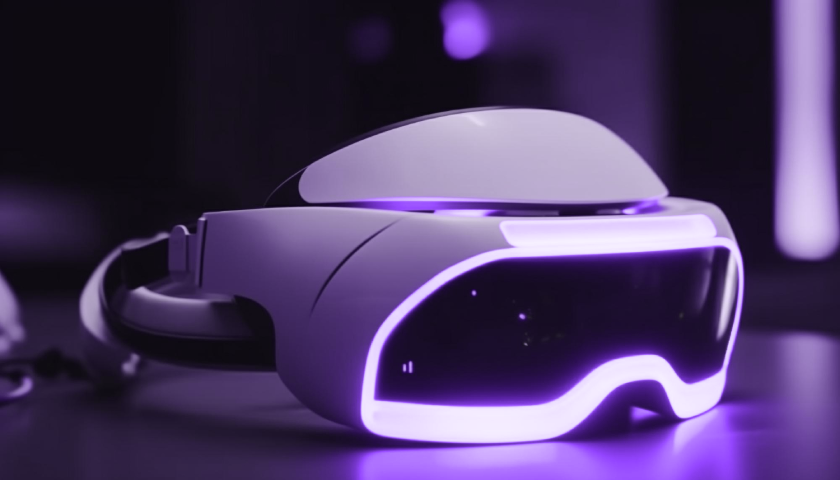Welcome to the realm of Virtual Reality Entertainment, where immersive experiences and boundless possibilities await.
Get ready to dive into a world where virtual adventures come to life, as we explore the transformative power of Virtual Reality Entertainment.
Unleashing Boundless Adventures
Virtual reality has revolutionized gaming, enabling players to immerse themselves in virtual worlds and embark on unprecedented adventures. With VR headsets, users can explore stunning landscapes, engage in thrilling action, and interact with lifelike virtual characters. The level of immersion enhances the sense of presence, making players feel truly part of the game.
Empathy and Immersion
Virtual reality has transformed the way stories are told, offering a unique form of immersive storytelling. Whether it’s through virtual films, documentaries, or interactive narratives, VR allows users to become active participants in the story. By placing the viewer in the shoes of the characters, VR enhances empathy and emotional connection, creating a powerful and transformative experience. Imagine being able to witness historical events, explore distant planets, or walk alongside your favorite characters from books or movies. Virtual reality has the potential to transport us to new worlds and change the way we engage with narratives.
Learning Beyond Traditional Boundaries
Education is another realm where virtual reality is making a significant impact. Traditional learning methods often rely on textbooks and lectures, but VR technology has the power to revolutionize the educational landscape. By creating immersive and interactive learning environments, students can visualize complex concepts, explore historical sites, and conduct virtual experiments. For example, medical students can practice surgical procedures in a virtual operating room, archeology students can explore ancient ruins, and language learners can engage in realistic conversations with virtual native speakers.
Healing and Therapy
Virtual reality is also finding applications in healthcare and therapy. Its immersive nature can be harnessed to alleviate pain, treat phobias, and aid in rehabilitation. For example, VR simulations can distract patients from physical discomfort during medical procedures, such as dressing changes or dental work. VR exposure therapy allows individuals to confront and overcome their fears in a controlled and safe environment. In rehabilitation, VR can assist patients in relearning motor skills, improving balance, and regaining mobility. The versatility and potential of VR in healthcare are vast, and ongoing research and development are continually expanding its applications in improving patient care.
Architecture, Travel, and Social Interaction
While entertainment remains one of the primary applications of virtual reality, its impact extends far beyond gaming and storytelling. Architects and designers can utilize VR to create immersive walkthroughs of buildings and spaces before they are constructed, giving clients a realistic feel for the final product. Travel enthusiasts can virtually visit destinations they may not be able to access physically, providing a taste of different cultures and environments. Furthermore, virtual reality has the potential to redefine social interaction by creating virtual meeting spaces and connecting people across distances.



